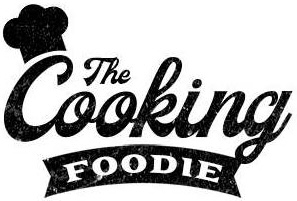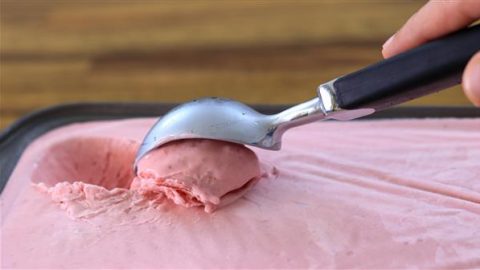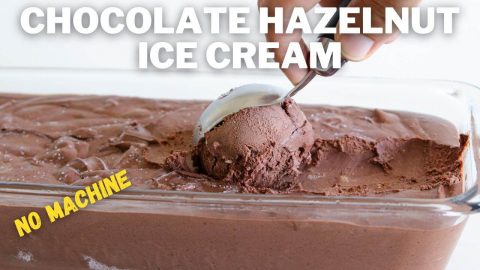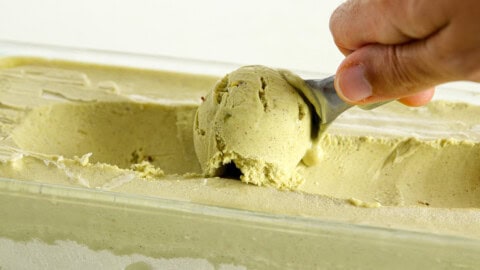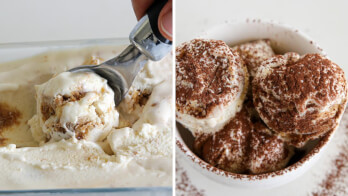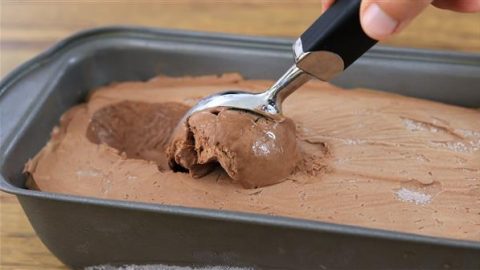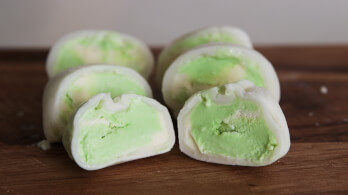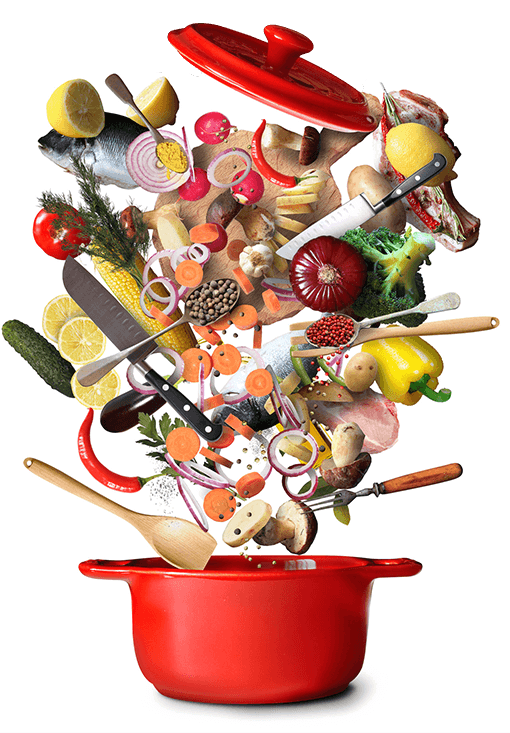Understanding Ice Cream Basics: A Deep Dive into the World of Frozen Desserts

Ice cream is a beloved treat, enjoyed by millions worldwide, but behind its creamy texture and delightful flavors lies a complex science. From the ingredients that go into the mixture to the methods used in its creation, ice cream making is a fine-tuned process influenced by temperature, chemistry, and craftsmanship. In this article, we’ll explore the fascinating world of ice cream, touching on its history, ingredients, types, and the essential science behind the perfect scoop.
The History of Ice Cream
Ice cream has evolved over centuries, with its origins traced back to ancient China, where emperors enjoyed a mixture of milk and rice cooled by snow. As time passed, similar chilled desserts appeared across Europe, especially in Italy and France. The modern version of ice cream as we know it began to take shape in the 18th century, with the invention of ice houses and the improvement of ice cream-making techniques. Today, it’s a global phenomenon, with various regional specialties like Italian gelato, French-style frozen custard, and American-style ice cream leading the way.
The Science of Making Ice Cream
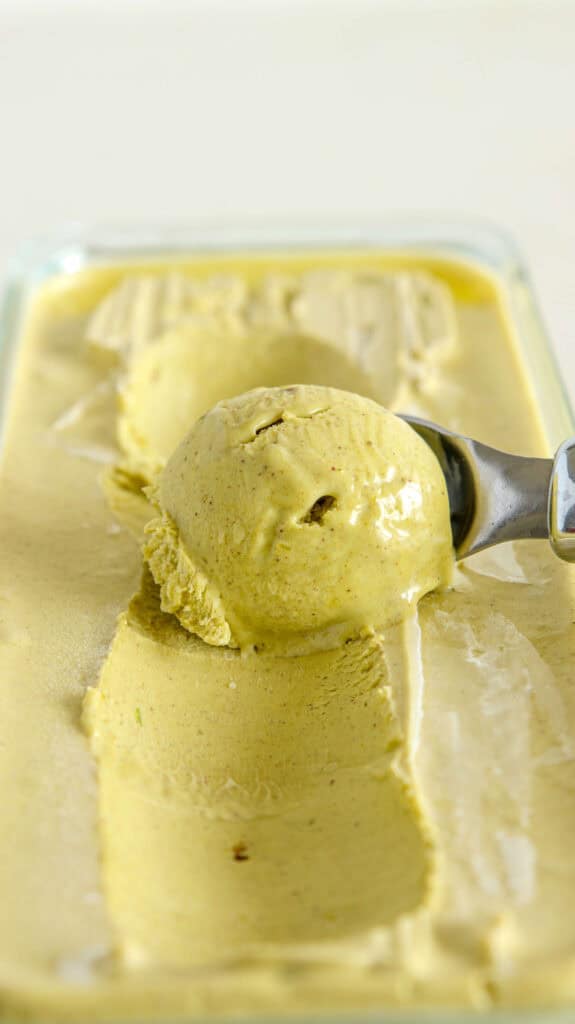
At its core, ice cream is a delicate balance of fat, water, air, and sugar. These elements work together to create the creamy, soft texture that melts in your mouth. Here’s a closer look at the key ingredients:
- Fat: Fat, usually from cream or milk, is a critical component that gives ice cream its richness and smooth texture. Fat helps prevent ice crystals from forming, resulting in a creamy consistency. Dairy fats are most commonly used, but in some variations, like vegan ice cream, plant-based fats like coconut or almond milk are substituted.
- Water: Water is essential in ice cream as it forms the base for the frozen mixture. However, the challenge is to freeze it in a way that prevents large ice crystals from forming, which would make the texture grainy.
- Sugar: Sugar lowers the freezing point of the ice cream mixture, ensuring it doesn’t freeze solid. It also adds sweetness and helps with the overall mouthfeel, as sugars interfere with the crystallization process, maintaining a soft, scoopable texture.
- Air: Surprisingly, air is a critical component of ice cream. During the churning process, air is incorporated into the mixture, which affects the final product’s texture and volume. The term “overrun” refers to the amount of air whipped into the ice cream, and it significantly impacts the mouthfeel. Premium ice creams have a lower overrun, resulting in a denser, more luxurious product.
- Stabilizers and Emulsifiers: Stabilizers like guar gum and xanthan gum help prevent ice crystals from forming during freezing and storage, while emulsifiers, like egg yolk or lecithin, help bind the fat and water, ensuring a smooth, homogenous texture.
Types of Ice Cream
Ice cream comes in many forms, each with its own unique characteristics:
- Gelato: Gelato is an Italian-style ice cream made with more milk than cream, resulting in a denser and more intensely flavored product. It’s churned at a slower speed, incorporating less air, and is typically served at a slightly warmer temperature than traditional ice cream.
- Frozen Custard: Similar to ice cream but with the addition of egg yolks, frozen custard has a rich and velvety texture. Like gelato, it has less air incorporated into it, resulting in a denser product.
- No-Churn Ice Cream: No-churn ice cream is a simpler version that doesn’t require an ice cream maker. Typically made with whipped cream and sweetened condensed milk, this method skips the churning process but often lacks the smoothness of traditional ice cream.
- Sherbet and Sorbet: While sherbet contains a small amount of dairy, sorbet is entirely dairy-free and made primarily from water, sugar, and fruit. These frozen desserts are lighter and more refreshing than traditional ice creams.
Temperatures and Overrun: The Key to Texture
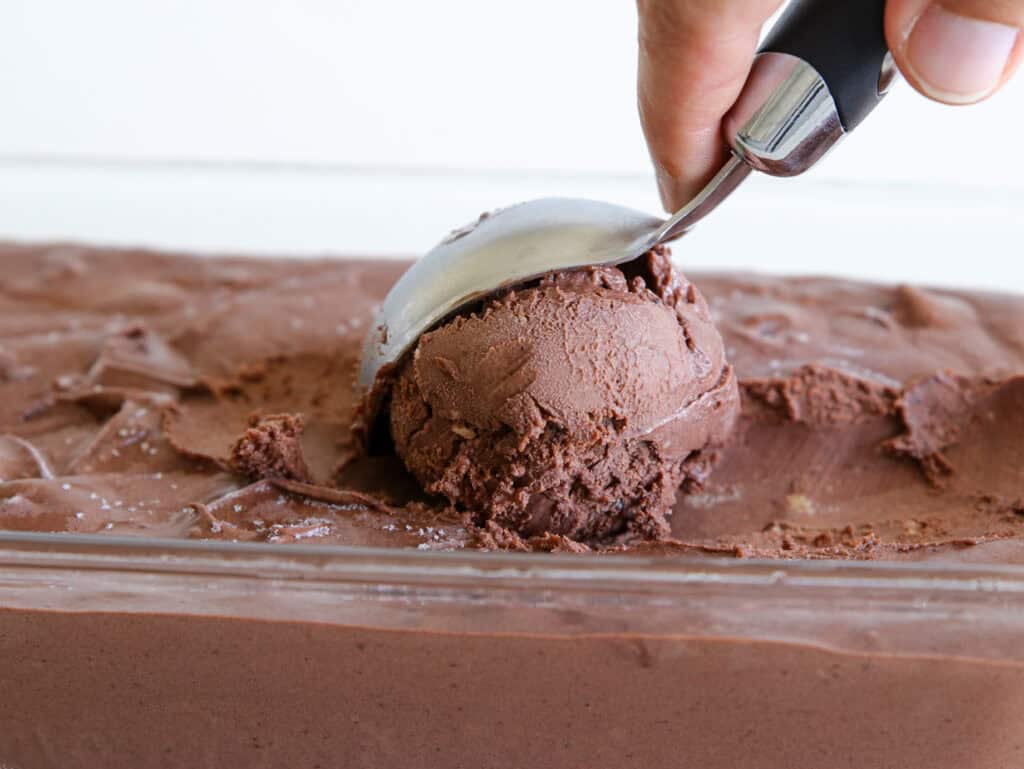
Temperature control is essential in ice cream making. During the freezing process, the goal is to freeze the water content as finely as possible to prevent large ice crystals from forming. This is why ice cream makers are so valuable; they rapidly cool the mixture while simultaneously churning it, ensuring a smooth and creamy texture.
The concept of overrun is critical when discussing ice cream texture. Overrun refers to the volume increase during churning due to the incorporation of air. Commercial ice creams often have high overrun, resulting in a lighter, fluffier texture. In contrast, premium and artisanal brands aim for lower overrun to produce a denser and creamier product.
Ice Cream Makers: Essential Tools for Perfect Ice Cream
There are various types of ice cream makers, from simple hand-crank models to high-end automatic machines:
- Manual Ice Cream Makers: Traditional hand-crank ice cream makers allow for more control over the churning process, but they require significant effort.
- Electric Ice Cream Makers: These come in two varieties – those with a pre-frozen bowl and those with a built-in compressor. The compressor models are the most convenient as they allow for continuous ice cream making without the need to pre-freeze components.
- No-Churn Methods: No-churn recipes rely on whipping air into the mixture manually, often resulting in less smooth and creamy ice cream compared to that made with a machine.
While no-churn methods are great for simplicity, ice cream makers ensure the right balance of air, fat, and water for professional results. Read my article on how to choose the best ice cream maker for you and the best homemade ice cream maker available.
The Difference Between No-Churn and Traditional Ice Cream
No-churn ice cream is a convenient and quick alternative, often made with just a few ingredients. However, because it skips the churning process, it tends to be denser and slightly grainy compared to traditional ice cream. The incorporation of air is what sets traditional ice cream apart, and using an ice cream maker helps achieve the smooth and creamy texture most people love.
Food Safety in Ice Cream Making
Making ice cream at home or commercially requires careful attention to food safety. Ingredients like milk and eggs are perishable, so it’s important to handle them properly. Pasteurized ingredients should be used whenever possible to prevent bacterial contamination. If making a custard-based ice cream that requires cooking, the mixture must be brought to a safe temperature (typically around 170°F or 75°C) to ensure any potential bacteria are eliminated.
Additionally, proper storage is key to maintaining both the safety and quality of ice cream. Homemade ice cream should be stored at a temperature below 0°F (-18°C) to ensure it remains frozen and safe to eat.
Conclusion: The Art and Science of Ice Cream
Ice cream making is both an art and a science. From balancing ingredients to mastering temperature control and understanding the importance of air incorporation, every step plays a crucial role in achieving the perfect scoop. Whether you prefer the simplicity of no-churn recipes or the precision of an ice cream maker, the fundamentals of ice cream remain the same. By understanding the role of each ingredient and technique, you can elevate your homemade ice cream to a professional level, indulging in one of the world’s most cherished desserts.
